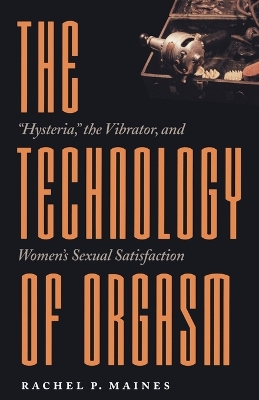
celinenyx
Written on Sep 27, 2018
Nowadays hysteria is seen as a historical dump-category of any kind of deviant behaviour in women that was not appreciated by Western society. Women were either too frigid or nymphomaniacs, they were too nervous and anxious or too forward. Maines's book is an important entry in the history of sexuality, showing how medical opinion, societal values, and women's bodies intersected in the very lucrative treatment of hysterical women by bringing them to orgasm.
Although the (plentiful) evidence Maines brings to the table is generally from doctors's perspectives, there is a feminist backbone to her study. She distances herself from her sources when they define healthy female sexuality as intercourse which involves a vaginal orgasm. This is actually quite rare (it depends on how the question is posed, but the amount of women that achieve a vaginal orgasm reliably is probably only around 10-20%). It was nice to see how she let the ample historical source material speak for itself, while ideologically deconstructing myths of what women's bodies should work like.
The Technology of Orgasm is really interesting, and for an academic book, very readable. A casual reader might find the retreading of previous arguments a bit tedious, but Maines's style is accessible and there are plenty of juicy tidbits of information. While it is beyond the scope of her work, it has made me think about how Victorians are always conceived as prudish, yet many women in the end of the 1800s went to their doctors to come - or visited spas which had plenty of dedicated apparatuses that aimed water beams at sensitive bits. Neither of these would be acceptable in contemporary society, once again showing that how a society sees itself does not necessarily translate across the ages.
One of my favourite facts from the book is that Freud also tried manual massage of lady bits to treat some of his hysterics, but apparently was no good at it.
